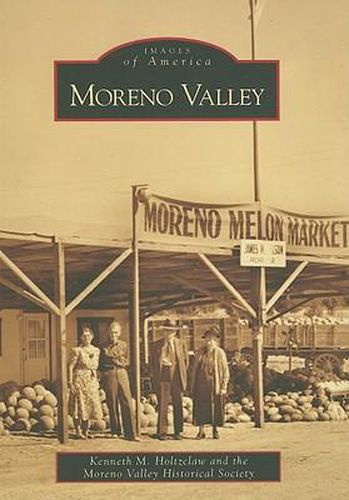Readings Newsletter
Become a Readings Member to make your shopping experience even easier.
Sign in or sign up for free!
You’re not far away from qualifying for FREE standard shipping within Australia
You’ve qualified for FREE standard shipping within Australia
The cart is loading…






The original inhabitants of Moreno Valley were Native Americans, the Cahuilla and Shoshone. Rock drawings and granite metate bowls used to grind acorns can still be found in this area. This was the setting found by the early Spanish explorers. The first small town to appear in the valley was Alessandro, built in 1888 along old Highway 395, a mile or so south of Alessandro Boulevard and extending a short distance east to what later became Alessandro Flying Field. As agriculture in the area increased water demands, severe drought caused a decrease in the water supply, and a few years later, the entire valley was nearly deserted except for a few dry farms producing wheat, oats, and barley. Two facilities, March Air Force Base and Camp Haan, spurred growth during World War II, and water was imported to the area, resulting in the approximately 175,000-person metropolis of Moreno Valley witnessed today.
$9.00 standard shipping within Australia
FREE standard shipping within Australia for orders over $100.00
Express & International shipping calculated at checkout
The original inhabitants of Moreno Valley were Native Americans, the Cahuilla and Shoshone. Rock drawings and granite metate bowls used to grind acorns can still be found in this area. This was the setting found by the early Spanish explorers. The first small town to appear in the valley was Alessandro, built in 1888 along old Highway 395, a mile or so south of Alessandro Boulevard and extending a short distance east to what later became Alessandro Flying Field. As agriculture in the area increased water demands, severe drought caused a decrease in the water supply, and a few years later, the entire valley was nearly deserted except for a few dry farms producing wheat, oats, and barley. Two facilities, March Air Force Base and Camp Haan, spurred growth during World War II, and water was imported to the area, resulting in the approximately 175,000-person metropolis of Moreno Valley witnessed today.